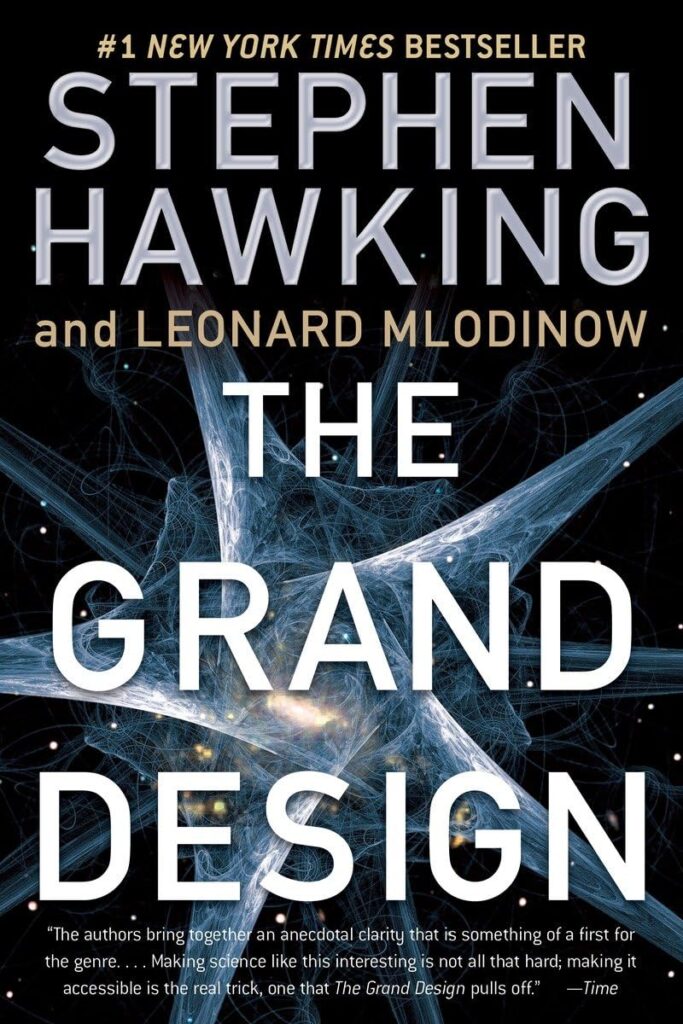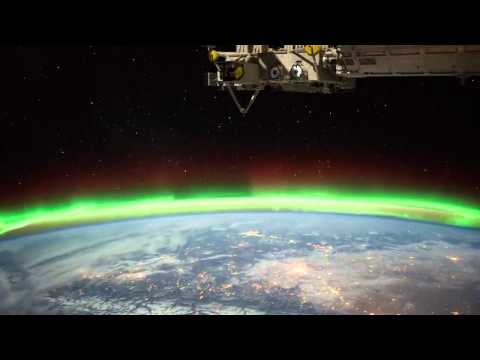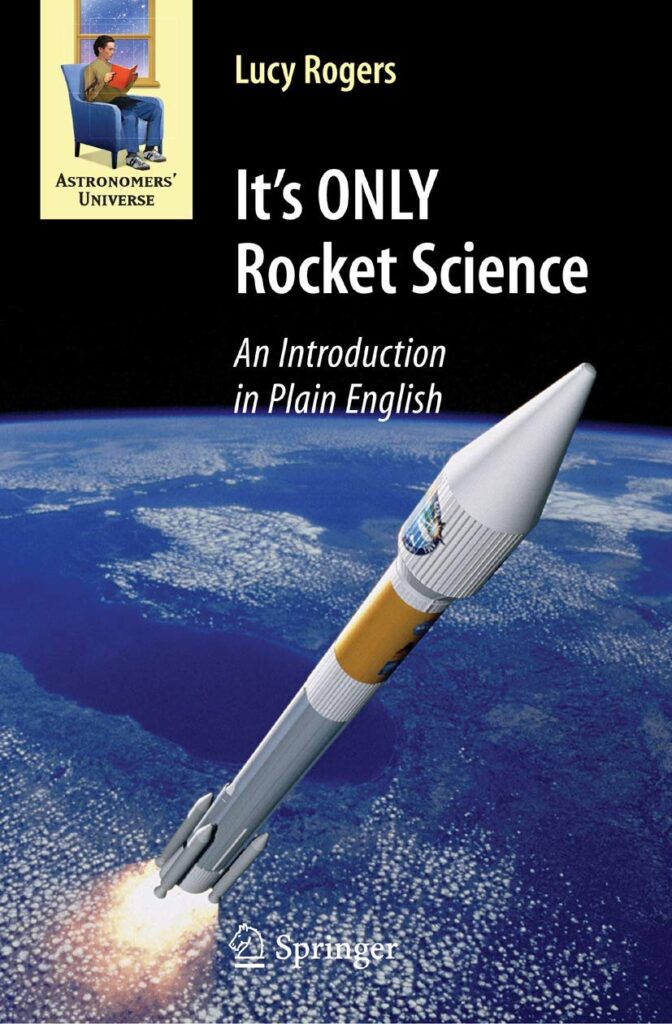Exploring the Mysteries of the Universe: Latest Findings in Astronomy
The universe is a vast and mysterious place, full of wonders and secrets waiting to be uncovered. For centuries, astronomers have been studying the skies, searching for answers to some of the biggest questions about our place in the cosmos. In recent years, advances in technology and new discoveries have brought us closer than ever to understanding the mysteries of the universe.
One of the most exciting developments in astronomy is the discovery of exoplanets – planets that orbit stars outside of our solar system. In the past few years, astronomers have found thousands of exoplanets, some of which may be similar to Earth and could potentially support life. This has sparked new interest in the search for extraterrestrial life and has led to new missions, such as the James Webb Space Telescope, which will launch in 2021 and will be able to study the atmospheres of exoplanets in detail.
Another recent breakthrough in astronomy is the detection of gravitational waves – ripples in spacetime caused by the collision of massive objects, such as black holes or neutron stars. In 2015, the Laser Interferometer Gravitational-Wave Observatory (LIGO) made the first direct detection of gravitational waves, confirming a prediction made by Albert Einstein over a century ago. Since then, LIGO and other observatories have detected several more events, providing new insights into the nature of spacetime and the behavior of extreme objects in the universe.
In addition to exoplanets and gravitational waves, astronomers have also made progress in understanding the nature of dark matter and dark energy – two mysterious components that make up the majority of the universe. While we cannot directly observe dark matter or dark energy, astronomers have been able to study their effects on the motions of galaxies and the expansion of the universe. Recent observations have provided new clues about the properties of these enigmatic substances and have raised new questions about the fundamental nature of the universe.
Overall, the latest findings in astronomy have opened up new avenues for exploration and have deepened our understanding of the universe. With new technologies and observatories coming online, such as the Large Synoptic Survey Telescope (LSST) and the Square Kilometer Array (SKA), astronomers are poised to make even more groundbreaking discoveries in the coming years. As we continue to explore the mysteries of the universe, we are sure to uncover even more wonders and secrets that will challenge our understanding of the cosmos and our place within it.













